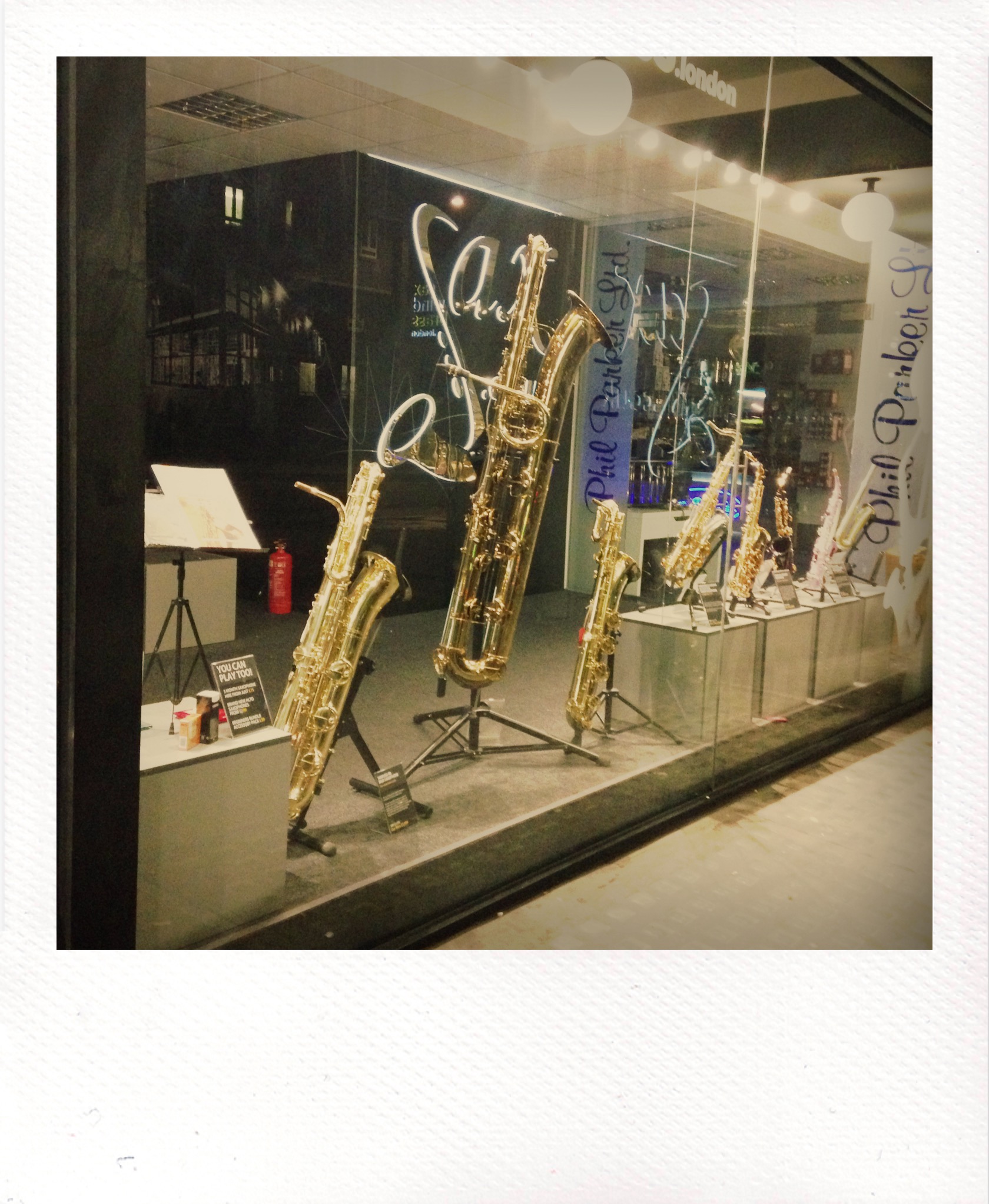The reasons that I don’t write about everything that I see and hear each week are many and various. Sometimes it’s laziness, sometimes I just can’t find the time to do something justice, sometimes I don’t want to be too negative, so I just let the subject slide, and sometimes everyday life gets in the way. So here are some things that slipped through the net in 2018. [All photos enlarge when clicked]

Celeste Boursier-Mougenot’s BEAUTIFUL AVIARY, with birds landing on and triggering electric guitars, and her drum kit played by cherry stones that fell from the ceiling – set off by visitors’ mobile phone signals – were part of the Voyages a Nantes art fair. Nantes is well worth a visit. There’s always something art-related happening, it’s the home of LU Biscuits and Les Machines de L’ile (the giant elephant, among other huge mechanical puppets), the Loire is gorgeous and it’s a quick drive to the seaside town of Monsieur Hulot.

I really loved the BOB DYLAN EXHIBITION at the Halycon Gallery in Bond Street, but not for the exhibits that were the basis of the show, rather lame drawings illustrating selected lyrics, uninterestingly handwritten by Bob. The bookshelf with Bob tomes (above) was an inspired idea, the Steel Gates still look pretty, but the best came on the back wall downstairs – a fantastic art piece in itself: a wall of cards from the Savoy “Subterranean Homesick Blues” shoot by D.A. Pennebaker. And, alongside, a rather good fifteen minute encapsulation of Dylan’s career ran as a film loop.

Oh, and this was a pretty good use of photography, too…

Two brilliantly AMERICAN THINGS that I unaccountably forgot to mention. The 749 song requests that the organist at Fenway Park, Josh Kantor, received this season (and played)! But, as he told one follower, “Your dream of a world where every ballpark has organ instrumentals of Pile songs may be a long-shot at best.” And this beautiful song map of the USA from the brilliant Dorothy (check out their Electronic Music Stamp Set).

In the New Yorker, this extraordinary piece by John Seabrook on STEVE MILLER’S COLLECTION of 450 guitars. “I had two humidified rooms,” he said the other day, during a visit to the Metropolitan Museum’s Department of Musical Instruments. “I had a hidden room next to the studio. I’d say, ‘Open, sesame,’ ” and a door would open, revealing a guitar forest of rare mahoganies and rosewoods…” When he’s asked to be on the board of Jazz at Lincoln Center, “I walked in and said, ‘Jesus, this is a real fuckin’ board. That’s the guy who built the building. That’s the guy who raised the twenty million.’ ” And now there’s the guy who wrote, “Ab-ra-ca-dabra / I wanna reach out and grab ya.”
From JEB LOY NICHOLS’ regular column at Caught By The River, on “As I Don’t Want To Take A Chance” by Wee Willie Walker: “I remember as a child, driving along the Texas coast with my father, listening to the radio, and telling him that the song playing was “the best song ever!” When the next song came on, I dismissed it, saying “this song is awful.” He stopped the car, and we stood on the beach. After a few minutes he said, listen to everything! Who are you to turn up your nose at someone’s hard work? You can’t say that anything is the best. I don’t want to hear that. You can’t dismiss anything. That’s like standing on the beach and saying you got a favourite wave. It’s nonsense. Music, he says, just keeps coming.”
In graphic news, who doesn’t love a piece of data that reveals the most and least “HIP HOP” WORDS? From The Pudding.

Sadly, I didn’t enjoy DEVA MAHAL at St Mary’s Music Hall in Walthamstow – an odd gig in a newish venue under the umbrella of the EFG London Jazz Festival, for no good reason. A noodling piano player, a somewhat robotic drummer, a bass player who seemed to be in a different postcode and a rather ineffectual guitarist, all served up with a muggy sound mix, rendered the soul / RnB of her debut album formless, with her voice just one more murky instrument trying to reach the congregation…

My FAVOURITE TV MOMENT may well have been Trini Lopez on one of those ghastly Andre Rieu broadcasts on Sky Arts from somewhere like Vienna (best city in the world for quality of living for the ninth year in a row, apparently). Trini was sporting his fantastic Gibson Trini Lopez model from 1964. [For Guitar fans only: It’s a 335 with mods, mostly in the form of diamond-shaped f-holes and neck inlays, with a Firebird six-in-line headstock. It’s Dave Grohl’s favourite guitar, which is why his signature Gibson is based on Trini’s]. It was utterly bizarre – an orchestra playing “If I Had a Hammer” featuring a rather frail vocal performance from Trini, Andre fiddling like Rome was burning, and an audience who looked like they were at a young fogey’s convention, going batshit crazy.

I’ll end Part One with a favourite video clip discovered this year. Guitarist FREDDY KOELLA, playing Professor Longhair’s “Big Chief” on guitar, which is a tricky thing to do. But Freddy plays the hell out of it, complete with a lovely breakdown solo. He’s some kind of genius. Part Two later this week…













